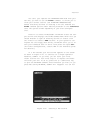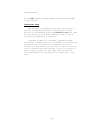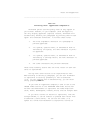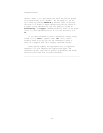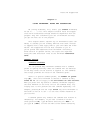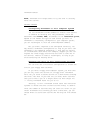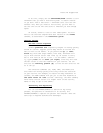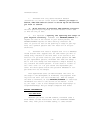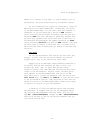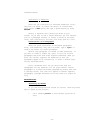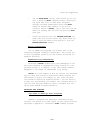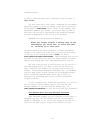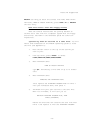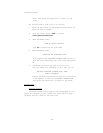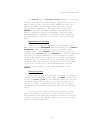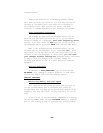
Notes and Suggestions
moment as it returns to Top Level. If you’re adding a Lot of
new material, the disk access mounts up and becomes tedious.
You can streamline this process by consistently using the
NODE option on the NEW Command Menu. In NEW mode, you return
to the NEW Command Menu, not Top Level, when each command is
completed. If you are executing a series of NEW commands,
you’ll save the time and effort of reading from the disk and
selecting NEW each time. NEW mode is especially helpful when
you have just created a new outline and want to add a lot of
new headlines and paragraphs. We suggest selecting the MODE
option routinely whenever you give the NEW command, even when
you don’t plan to execute it more than once. It takes little
extra time and comes in handy when you decide to add more than
one entry.
Use EDIT
You can use ThinkTank’s text editors for more than just
editing. In fact, the more you use ThinkTank, the more we
suspect you’ll rely on the editors for other tasks.
Suppose you’re in NEW mode, adding numerous headlines to
an outline, and the next headline you want to add is not
directly up, down, left, or right from the bar cursor.
There’s no need to exit from NEW mode and move the bar cursor
closer to the new headline. Instead, select the EDIT option
which appears on the NEW Command Menu when you’re in NEW
mode. Don’t use it to edit the headline; just use the up and
down arrow keys (or CTRL—O and CTRL—K) to move the bar cursor
to the new headline position. Then press ESC to exit from the
editor and return to the NEW Command Menu, where you’re ready
to select the location of your new headline.
In addition to using the headline editor when entering
new headlines, we suggest that you use the paragraph editor
when entering new paragraphs. From Top Level, give the com-
mand “EP” (EDIT/PARAGRAPH) instead of “NP” (NEW/PARAGRAPH).
Them you’ll be able to use all the editing commands when you
first enter the new text.
—75—



